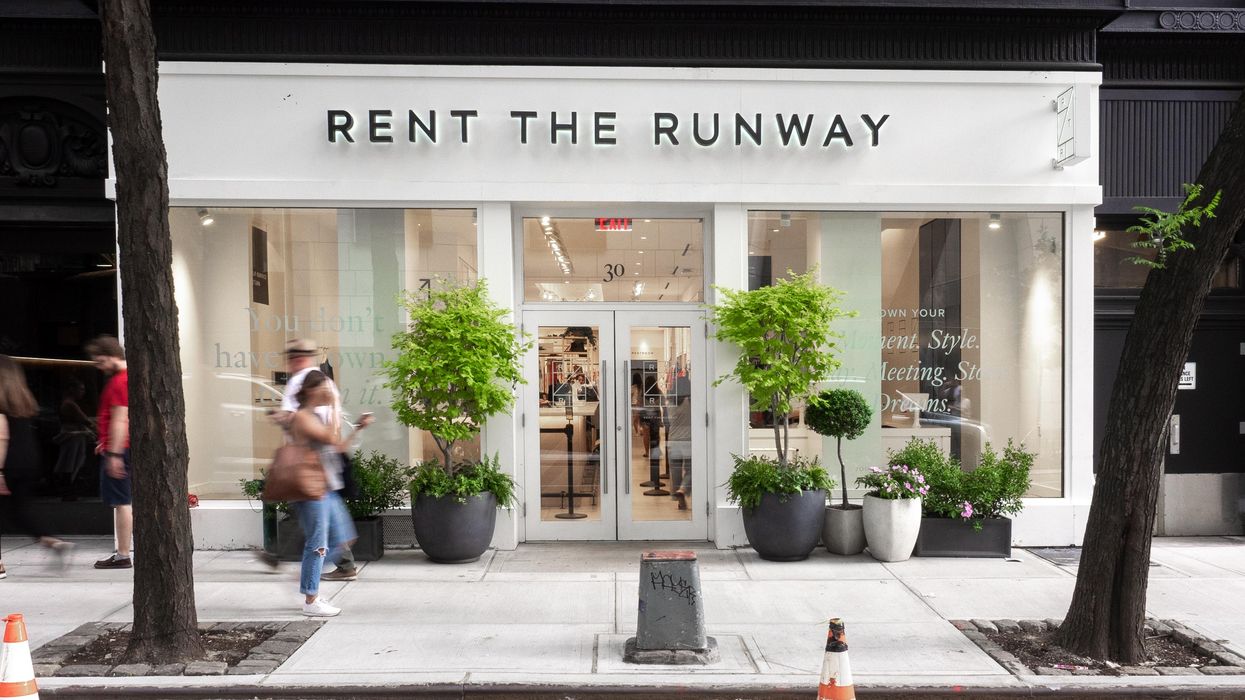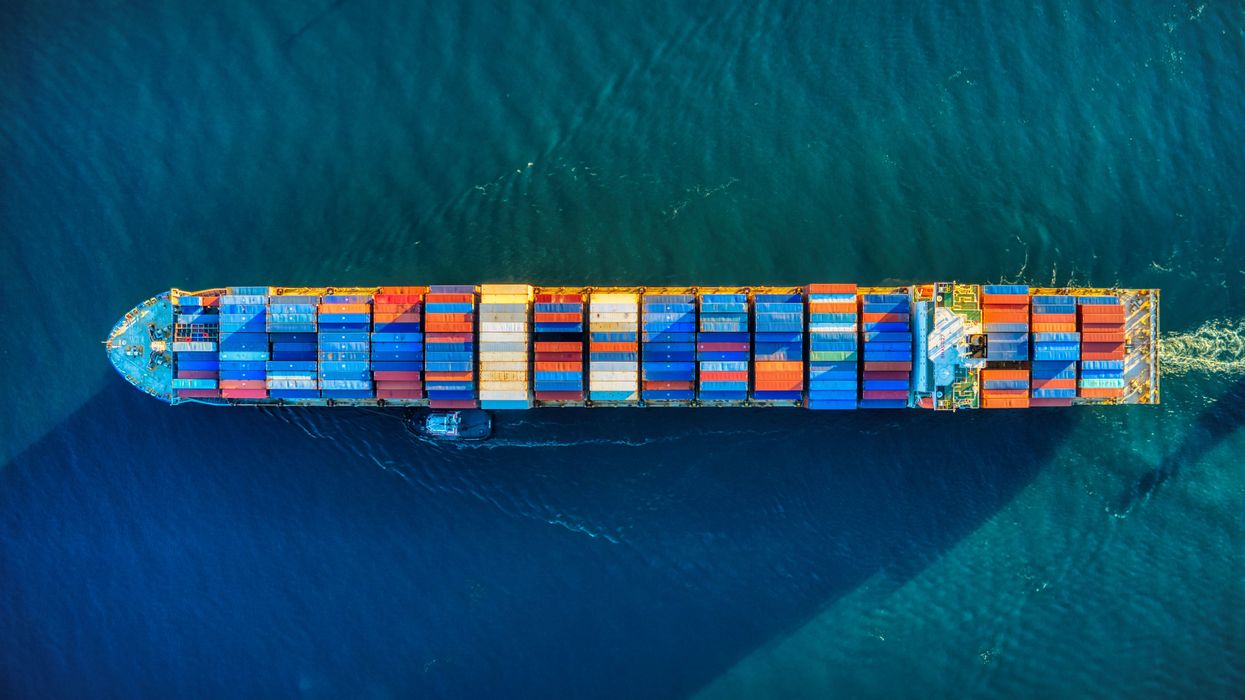Rent the Runway and Amazon have long represented distinct ecommerce marketplace models. The former started as an on-demand service with fashion merchandise consumers could rent for a particular occasion, while the latter offers merchandise to buy in an array of categories. Now, they are joining forces.
The news: Rent the Runway will start selling merchandise through Amazon Fashion. The storefront will feature new and resale items that Rent the Runway sells on its website alongside its rental service.
What will be available? The Amazon storefront will have two categories of items from Rent the Runway:
- Pre-loved: Merchandise from over 35 brands, including items that were worn through Rent the Runway’s rental business, and is being resold. Categories include casual weekend wear, workwear, date night apparel and seasonal essentials like sweaters, tops, coats and denim.
- Design Collective: Rent the Runway works with standout designers to create limited collections using the company’s proprietary data and community insights. These items will now be available through only Amazon Fashion and Rent the Runway’s website.
What does it mean for the two partners?
For Rent the Runway, it extends the company's foray into direct sales beyond its own site, and gives it tastemaker credibility in the meantime. Rent the Runway launched resale in 2021, offering a way for people to shop its site without subscribing to the core rental business. That has become a way to offer its merchandise beyond its website, as shown in a resale partnership last year with Saks Off 5th. CEO Jennifer Hyman said working with the largest ecommerce platform brings “incredible brand awareness.” Such partnerships can bring a new form of growth. “They also showcase demand for our products beyond our community and allow more customers to experience exclusive data-driven fashion from our top design partners,” Hyman said, in a statement.
For Amazon: This partnership welcomes a recognizable fashion brand and fellow digital commerce innovator onto the platform in Rent the Runway. With Design Collective, it is also a way for Amazon Fashion to showcase work from top designers, and get access to items that aren’t available widely. These pieces are among the most popular at Rent the Runway, and effectively turn the fashion rental service into a discovery platform for new designers and looks. Now, Amazon will reap those benefits, as well.
Key quote: “At Amazon Fashion, we continually expand our assortment through strategic relationships with brands to inspire and delight our customers,” said Muge Erdirik Dogan, president of Amazon Fashion.
Rent the Runway's bottom line: The focus in retail is on profitability this year, as executives seek to preserve margins despite an expected consumer pullback. Rent the Runway made progress in this area in Q3 as it lifted its gross margin by 7%, while shrinking its net loss down to $36.1 million from $87.8 million the year before. This came after it laid off 24% of its staff to reduce costs in Q2. Selling on the largest ecommerce platform can help reach the kind of new audience that boosts sales, and the company said the costs of the partnership were already baked into the previously reported numbers.
Open to Amazon: The splashy collaboration is the latest for Amazon in a year that also saw Peloton and Gap open storefronts with the ecommerce giant. For years, digitally native and established mall brands alike were reluctant to collaborate with Amazon. It meant giving up control over the ecommerce experience, and there were concerns about how Amazon would use data. But a shift is taking place in a tougher environment for direct-to-consumer businesses, and retail in general. Amazon has a marketplace with lots of traffic, and it's a place where many consumers already search for their items. Brands are finding a way in. By turn, Amazon may also be more open to collaborations that generate new interest in the platform, and add trending merchandise that gives consumers a reason to keep returning. It's also worth noting that Amazon has been increasing fashion resale offerings, as What Goes Around Comes Around also signed on for a storefront in 2022.
It offers an important reminder: Things change, and that’s especially true when the environment gets tougher. What once seemed like a hard and fast rule may now be bendable, and even the most known quantities may be changing their approach, just like you. Revisit assumptions and practices, and new opportunities may emerge, even with old acquaintances.












